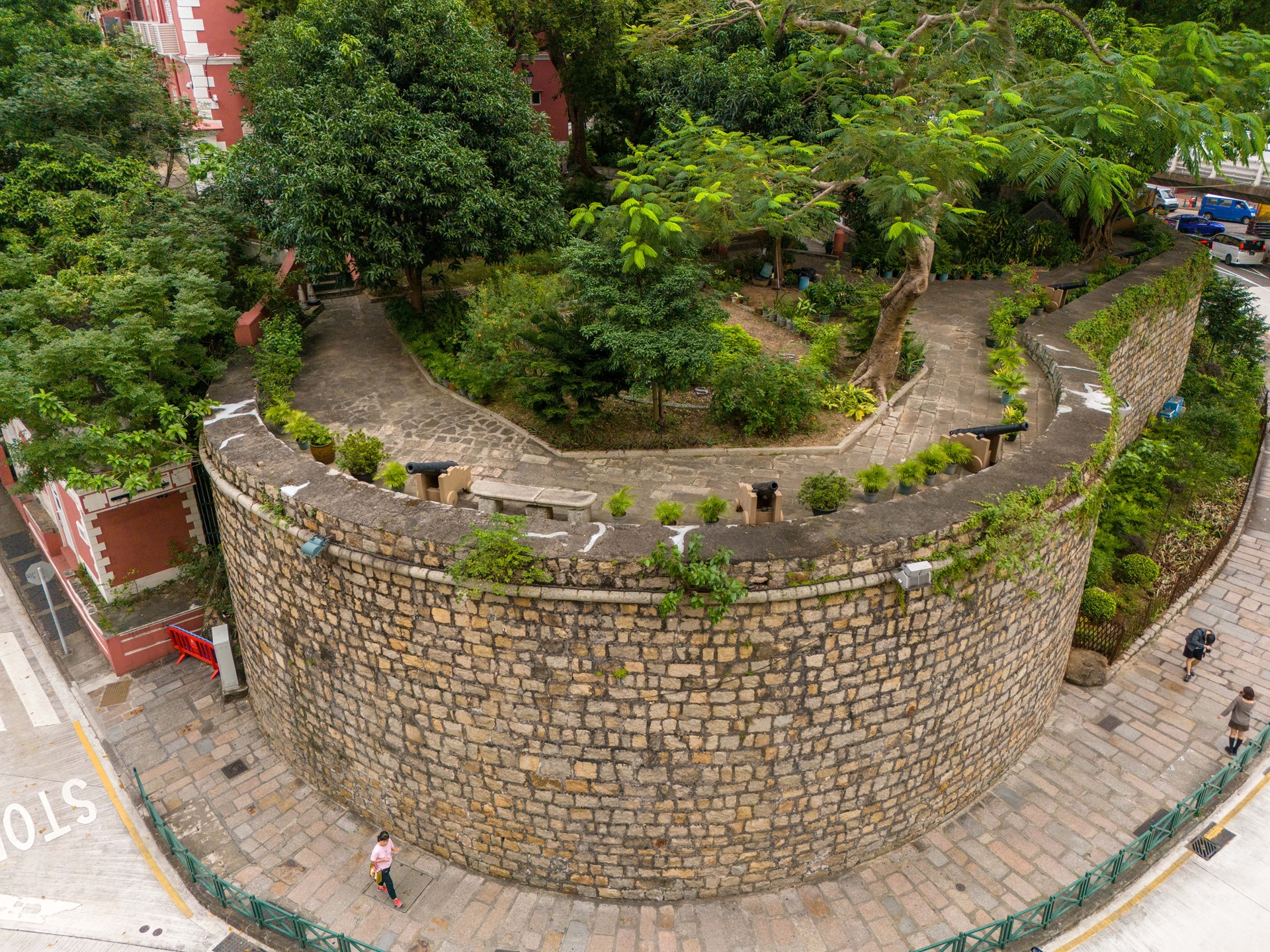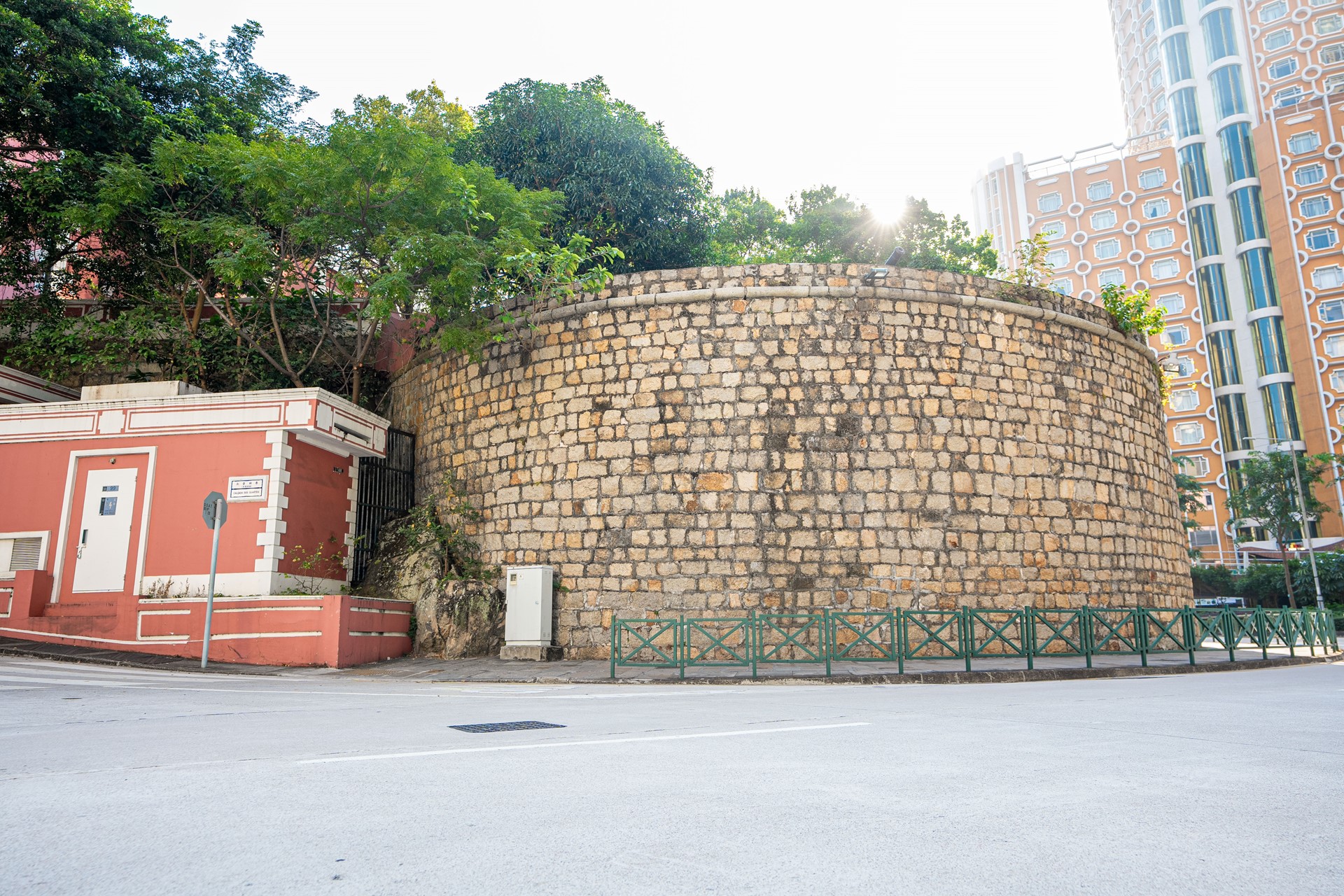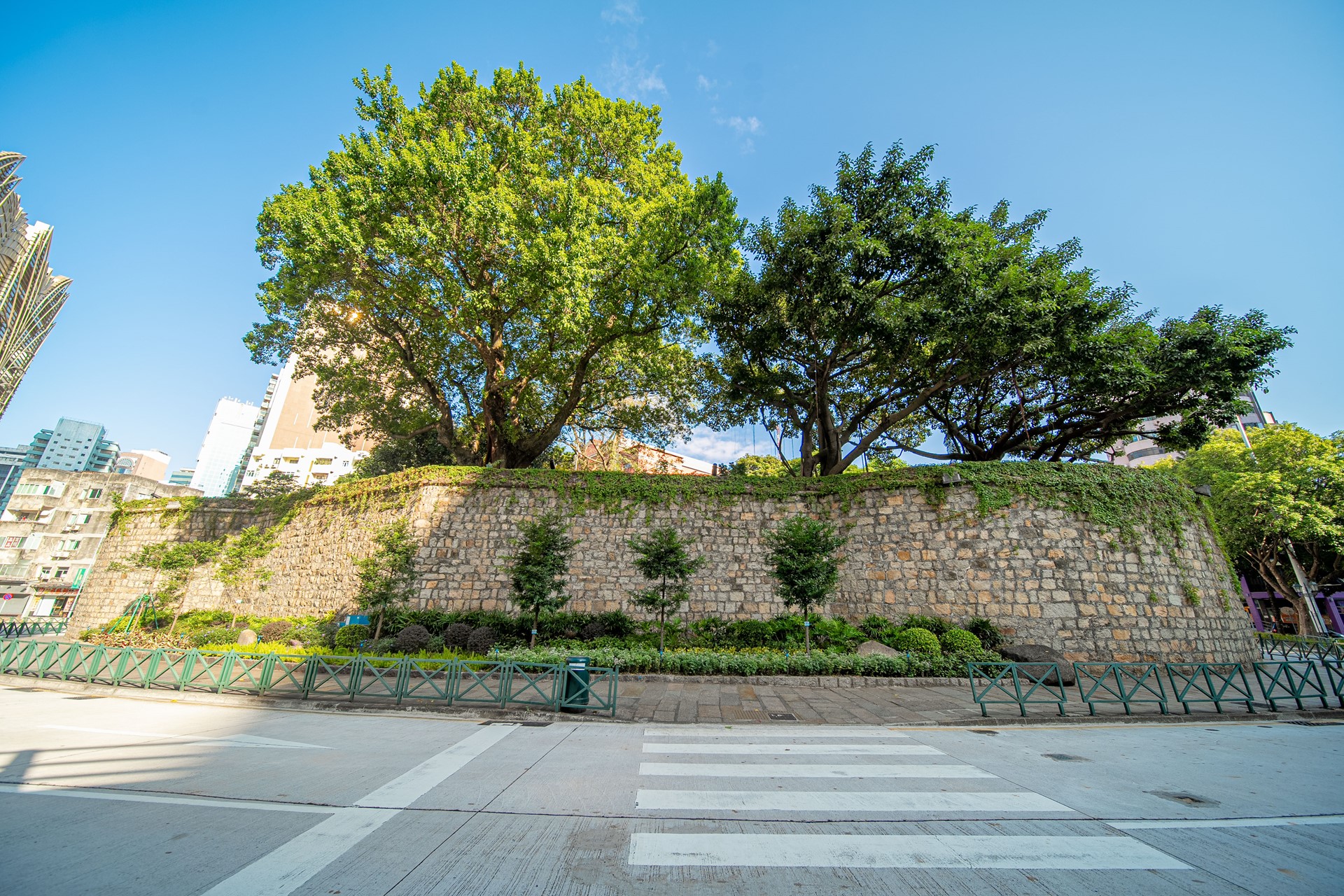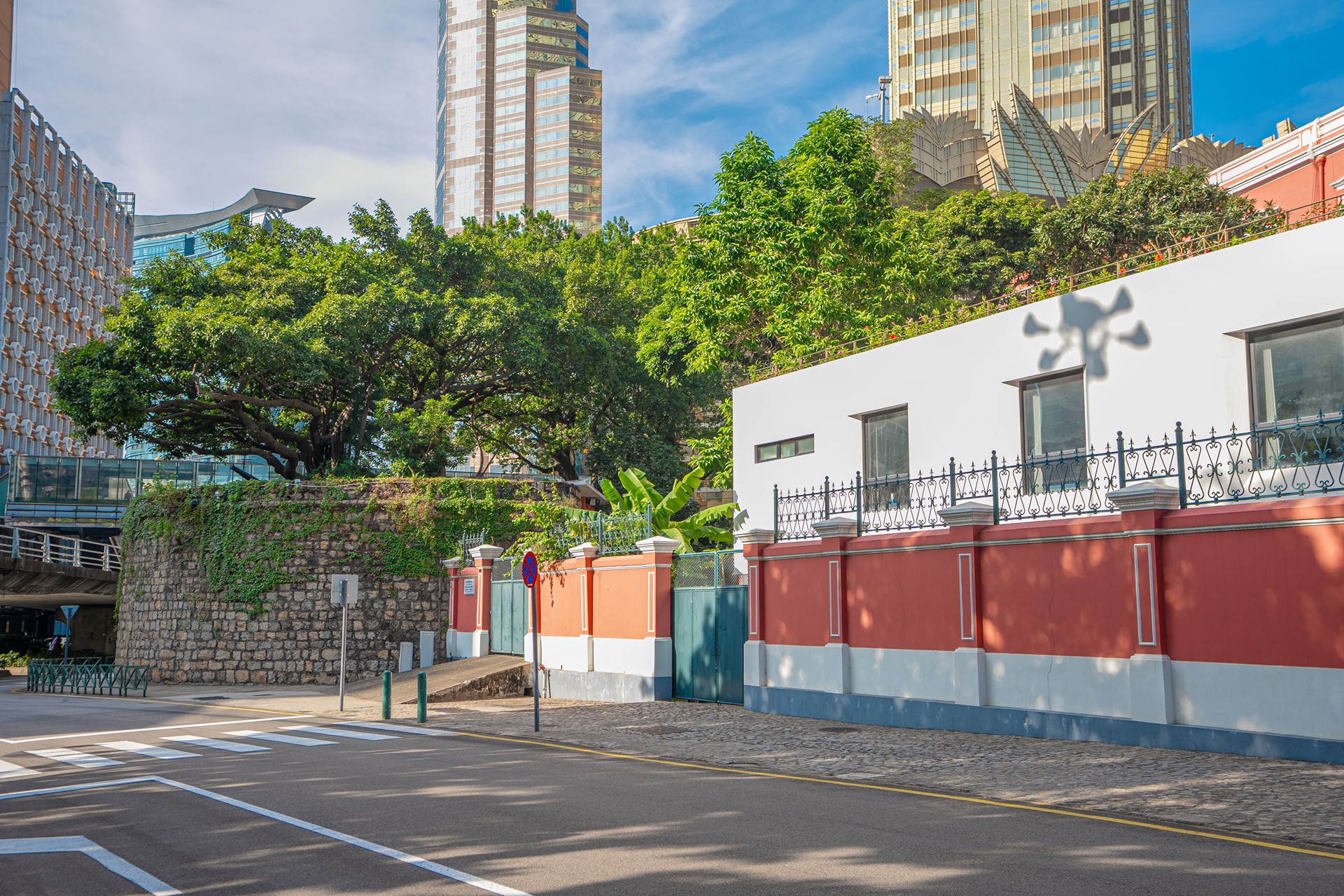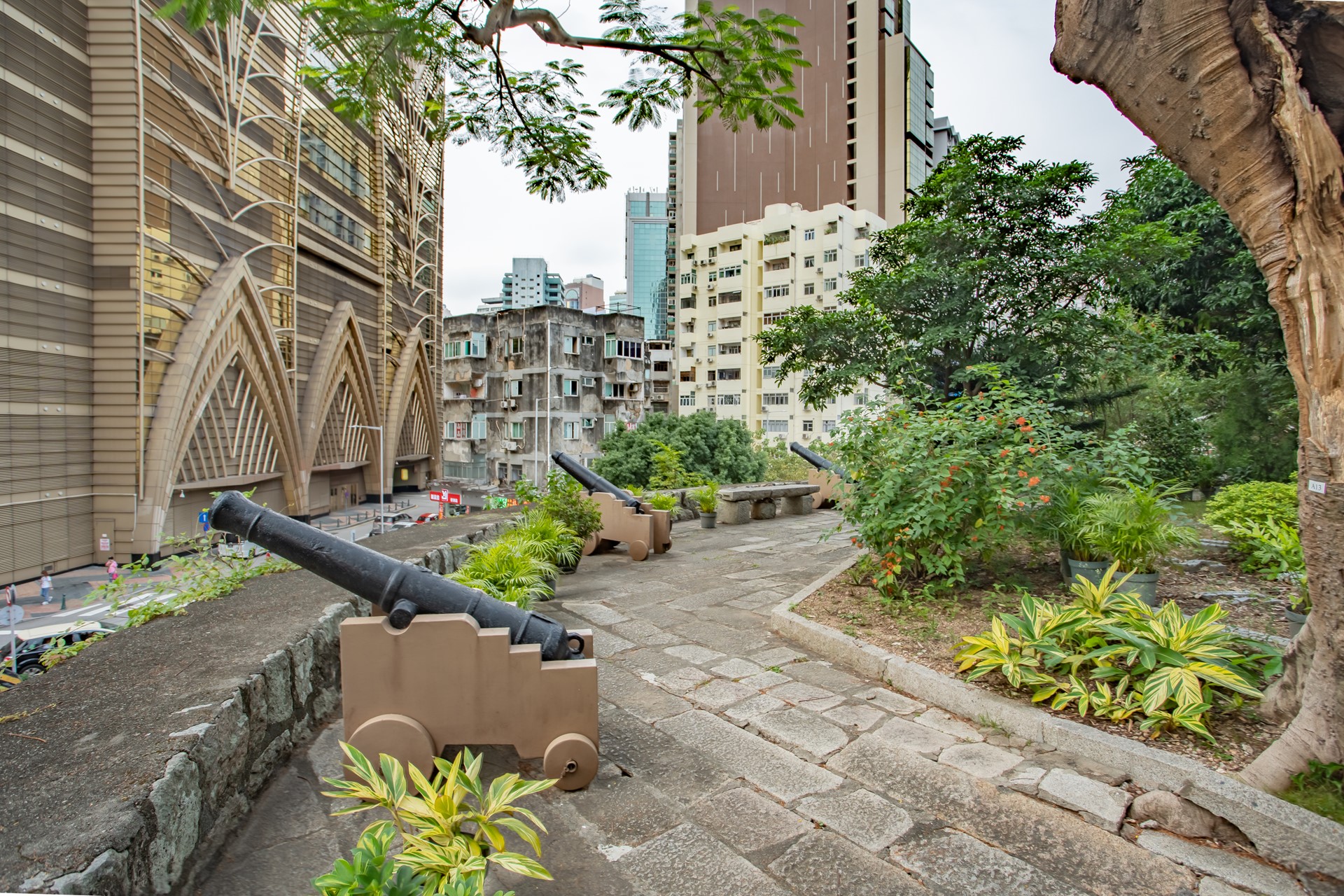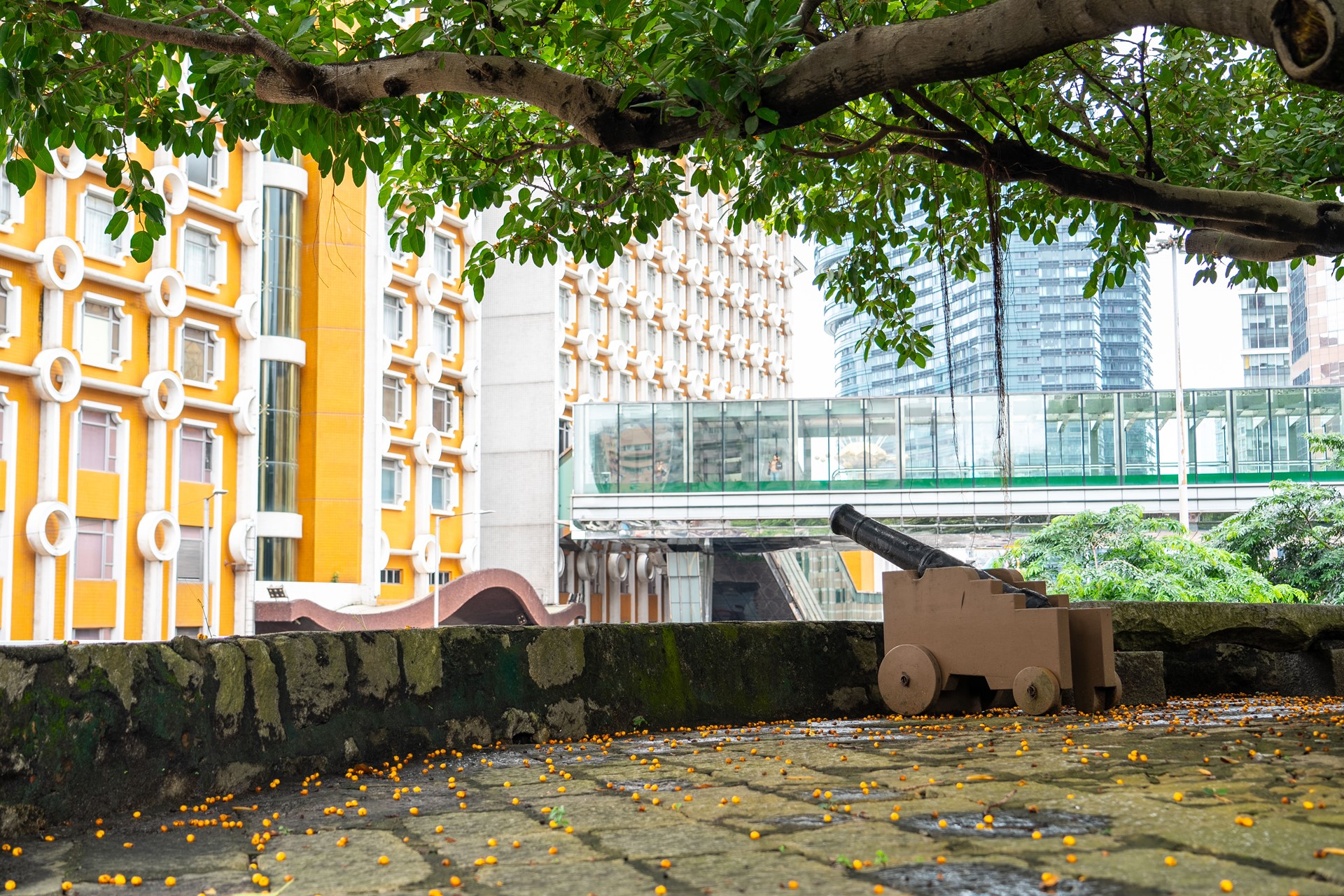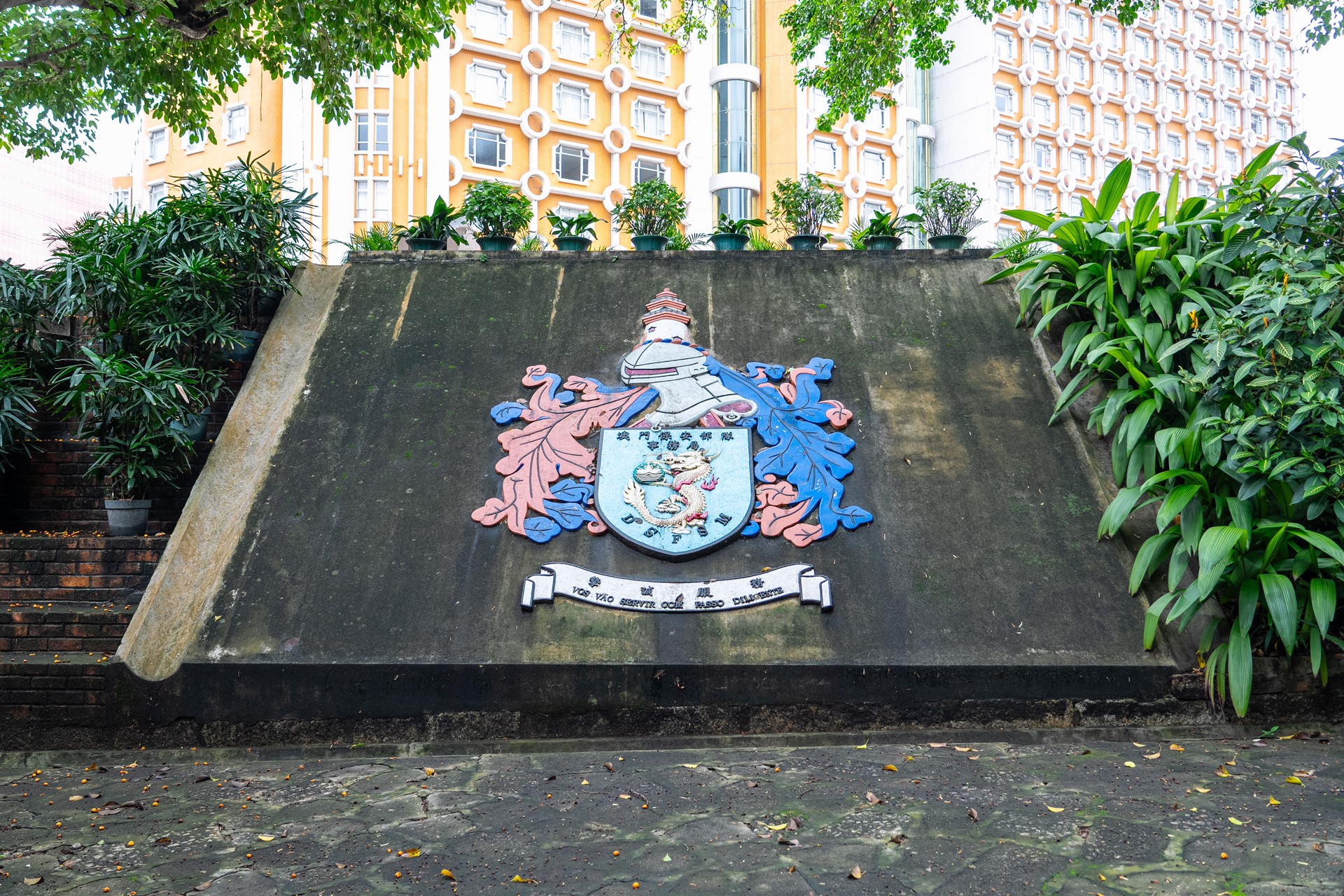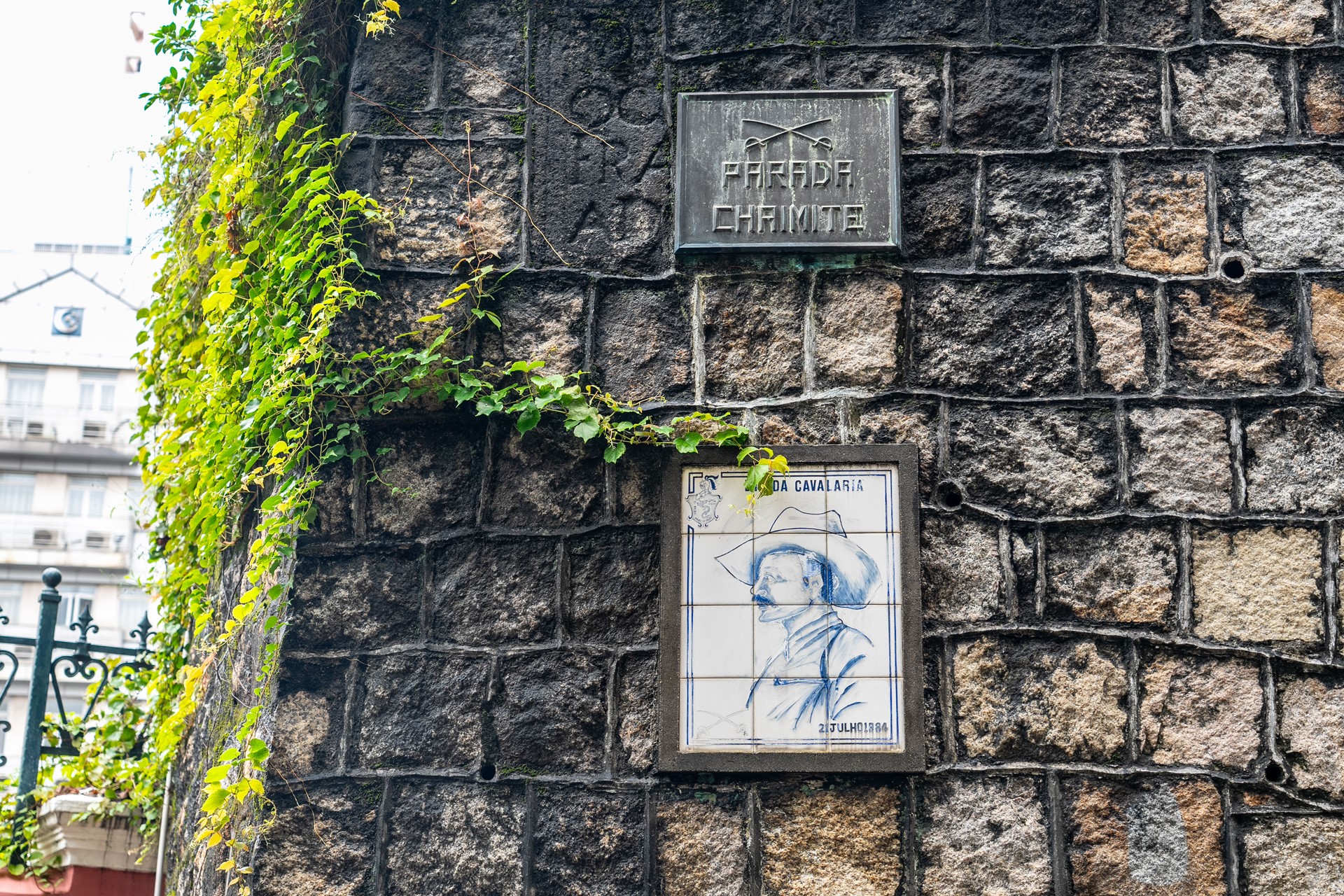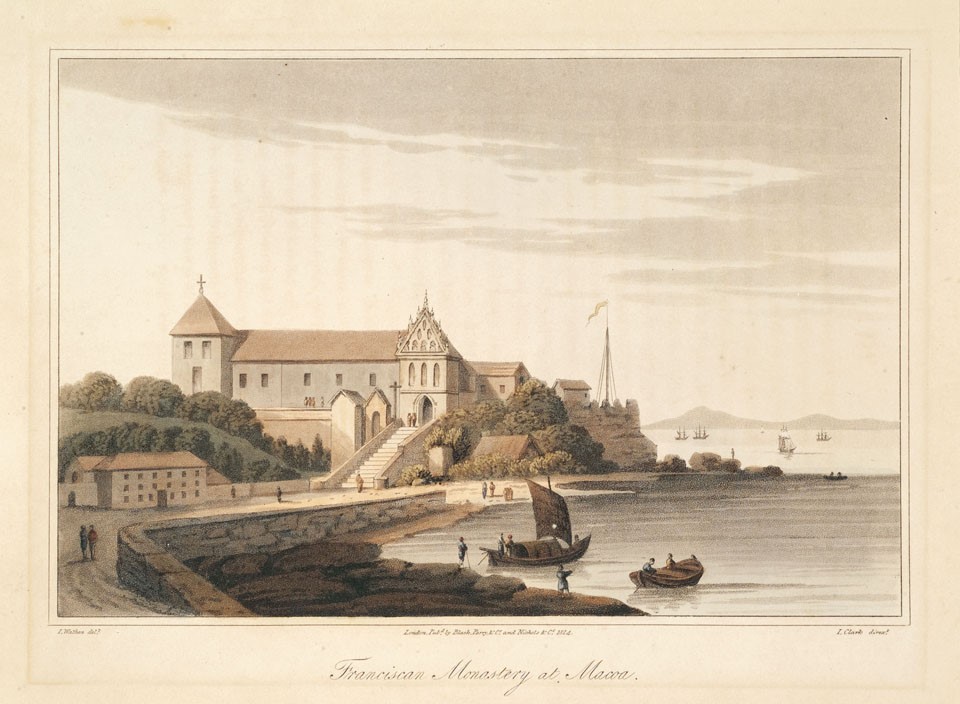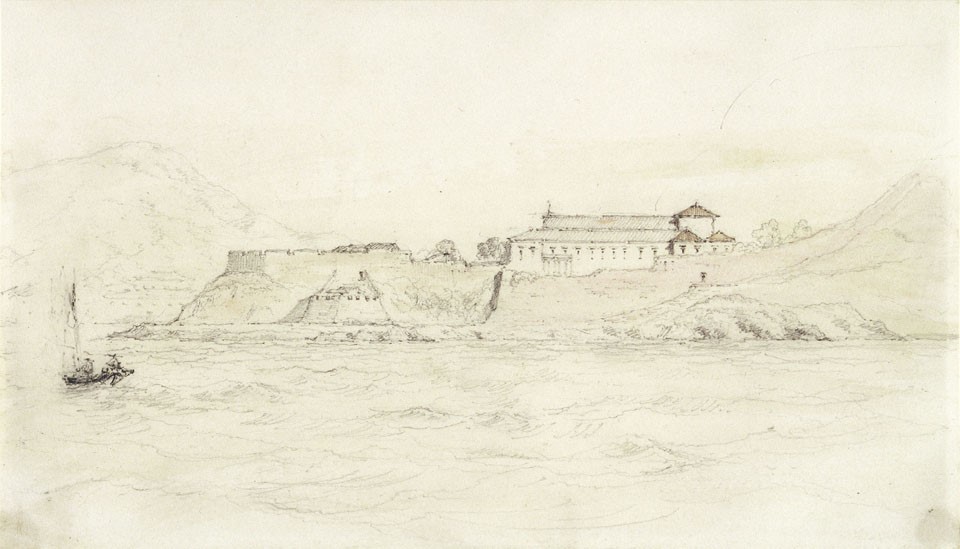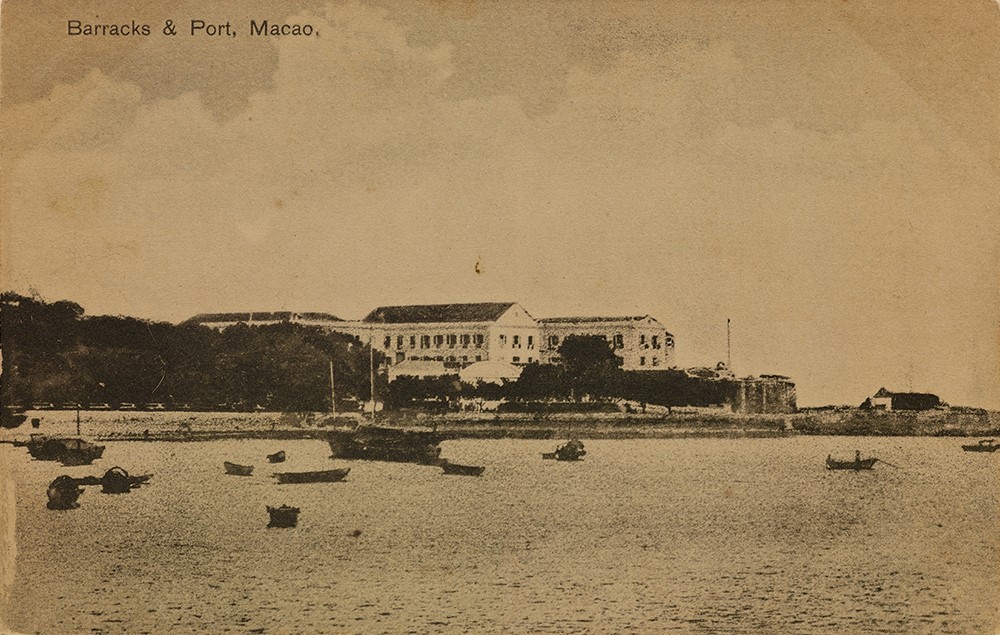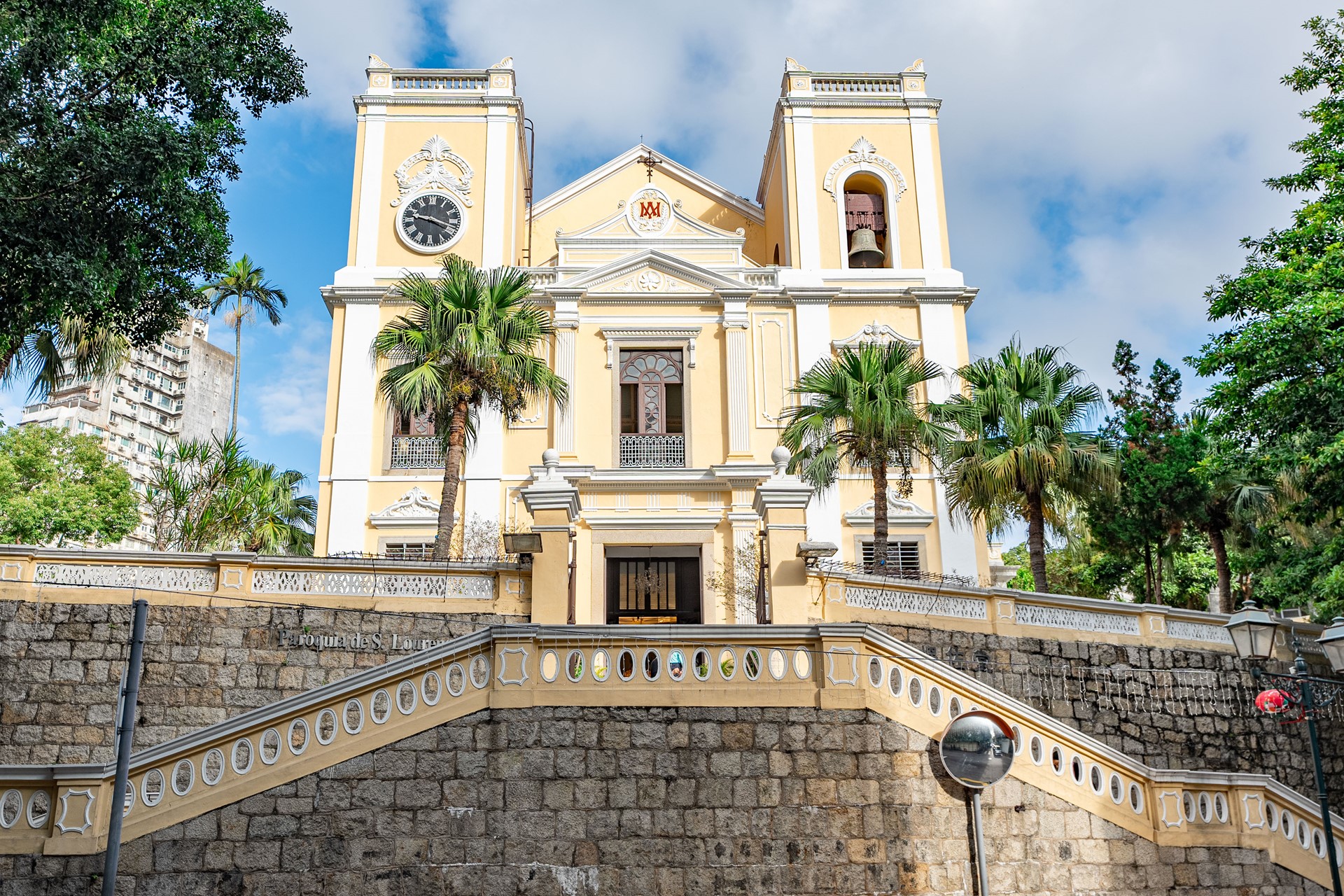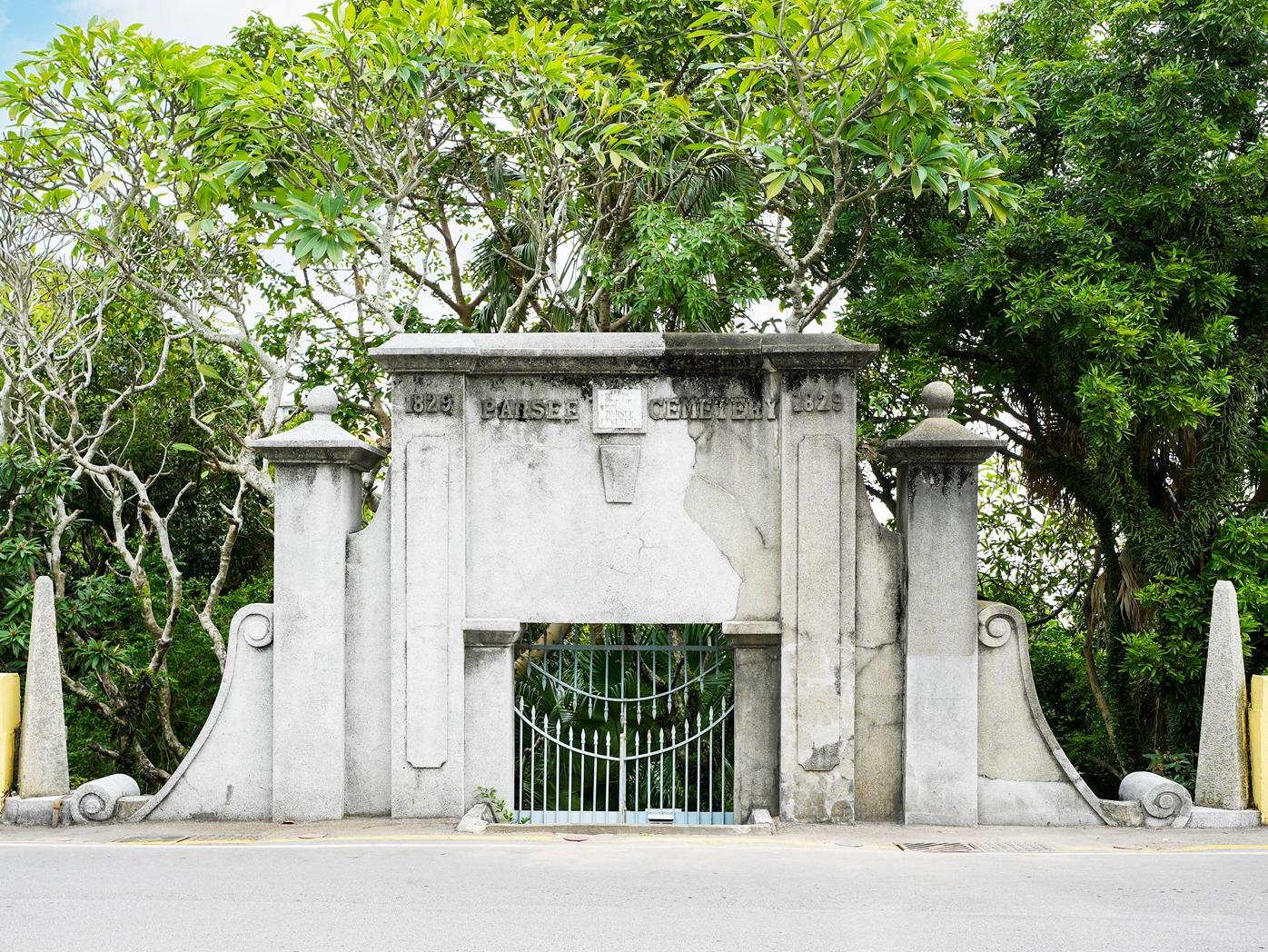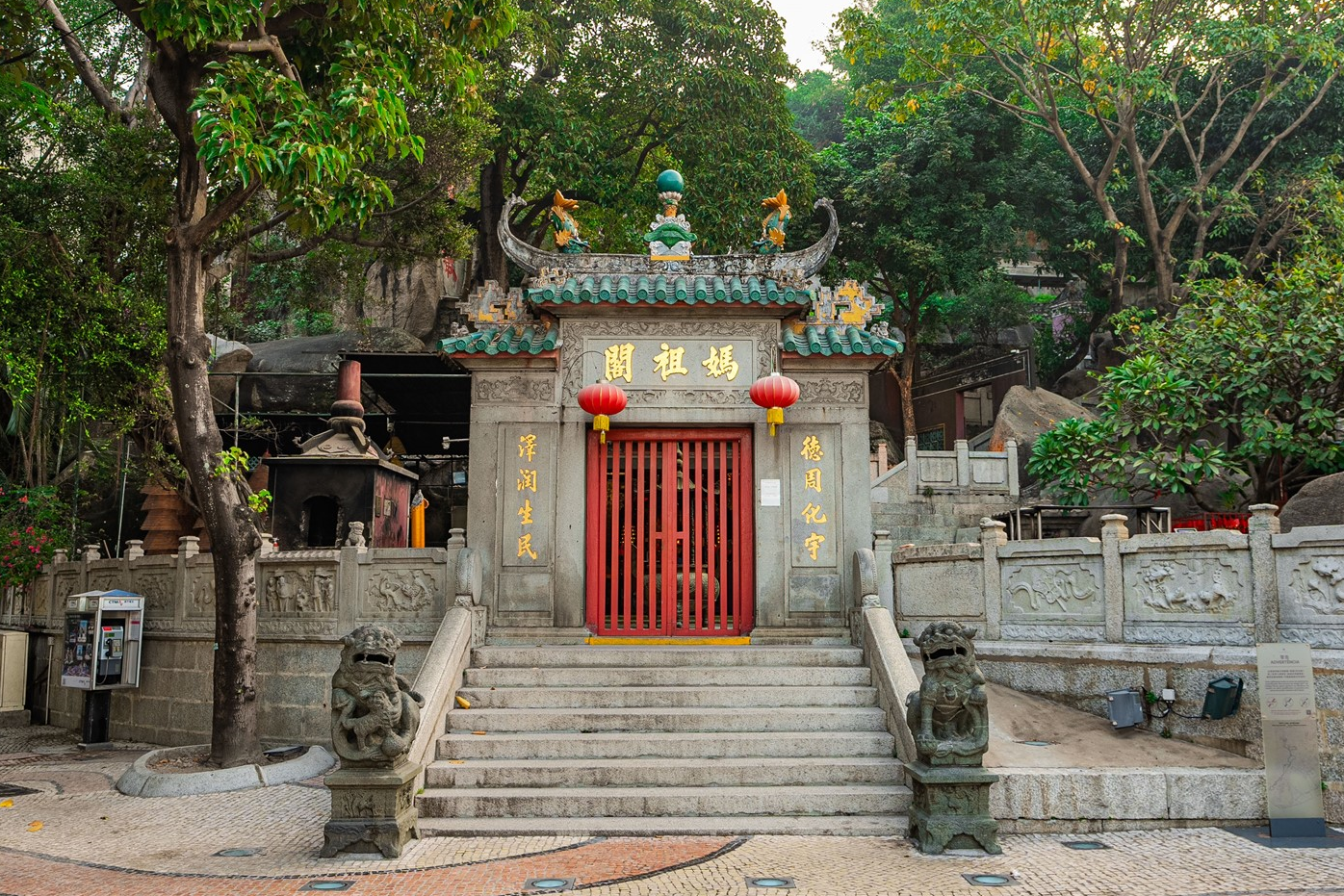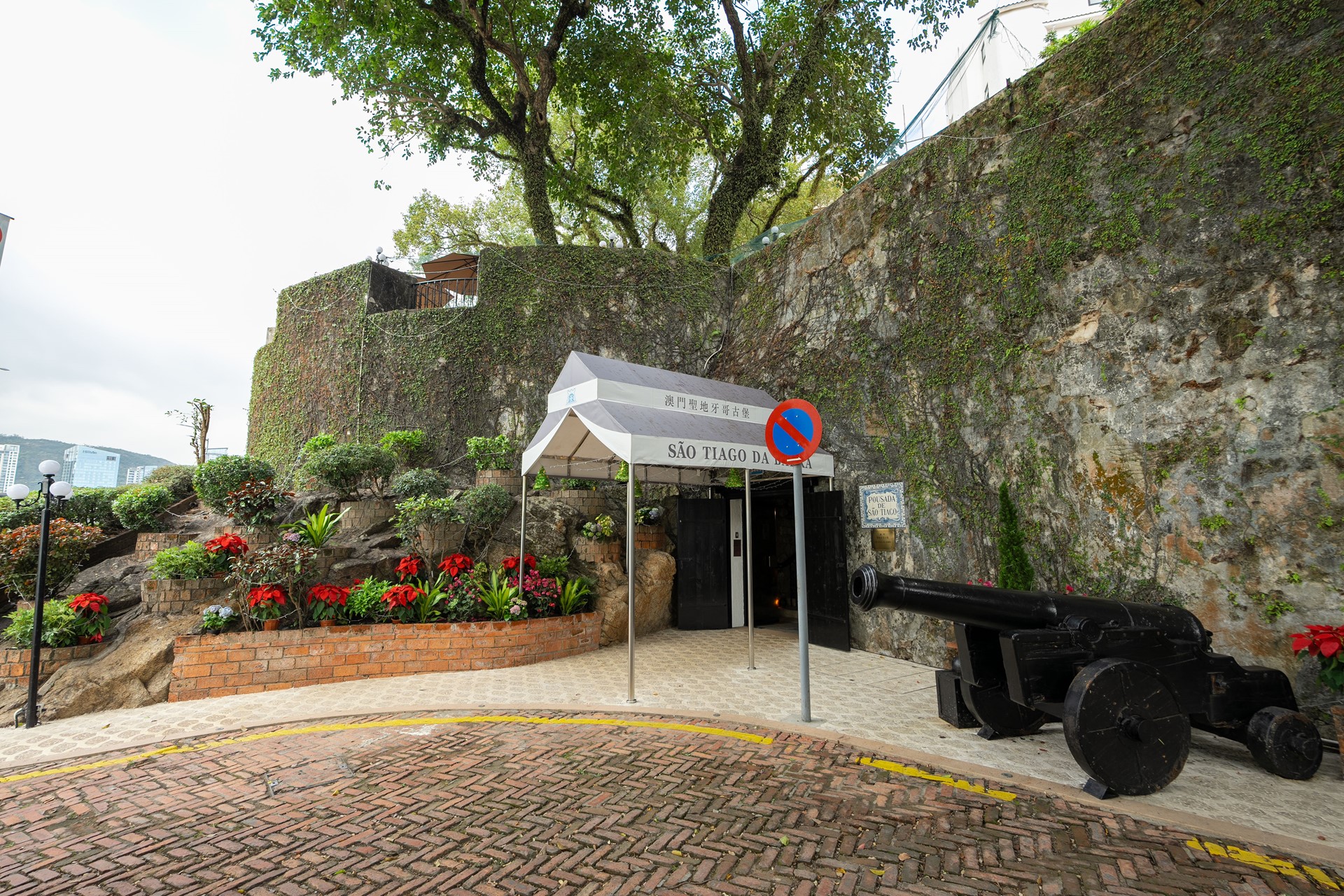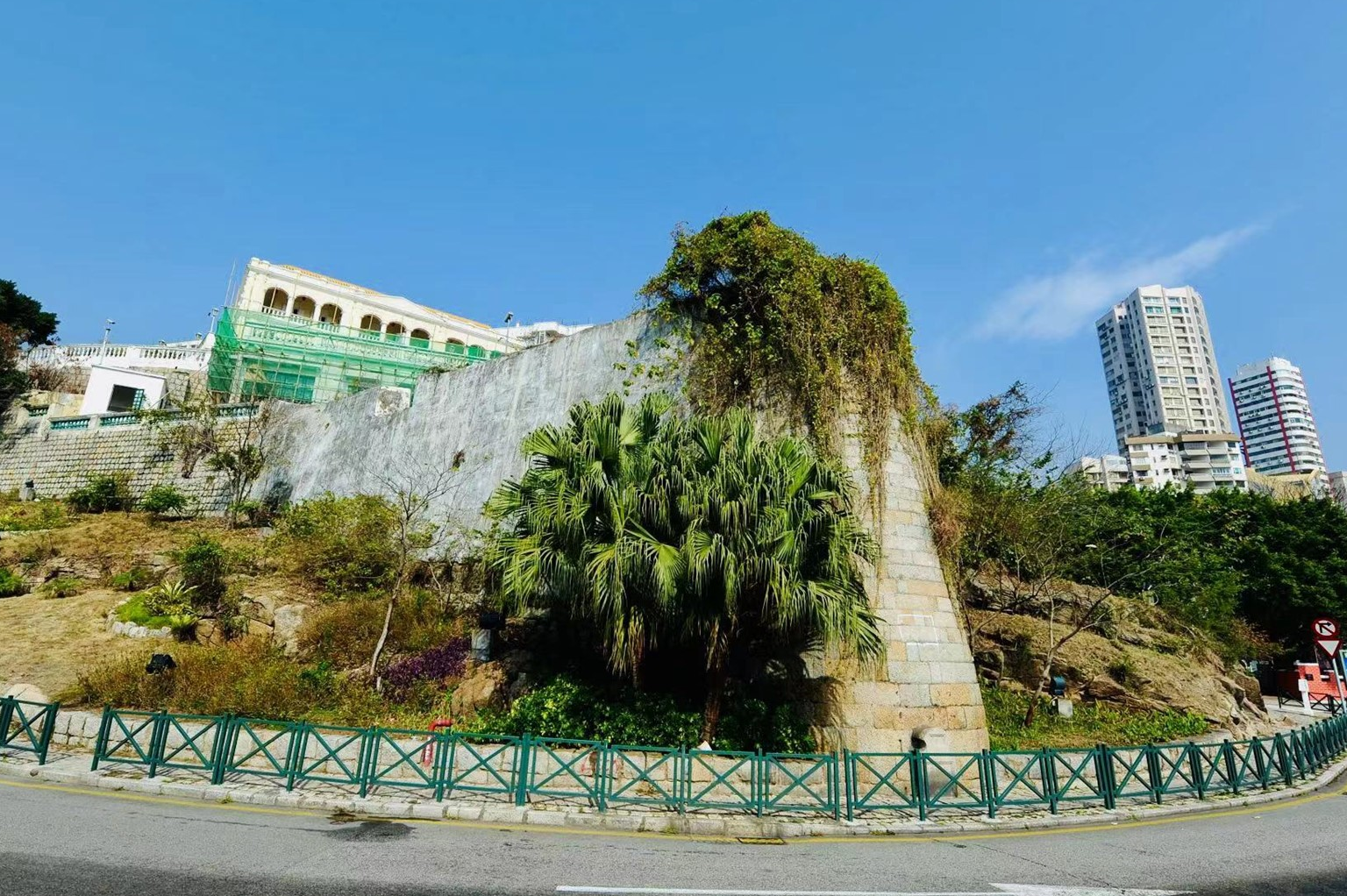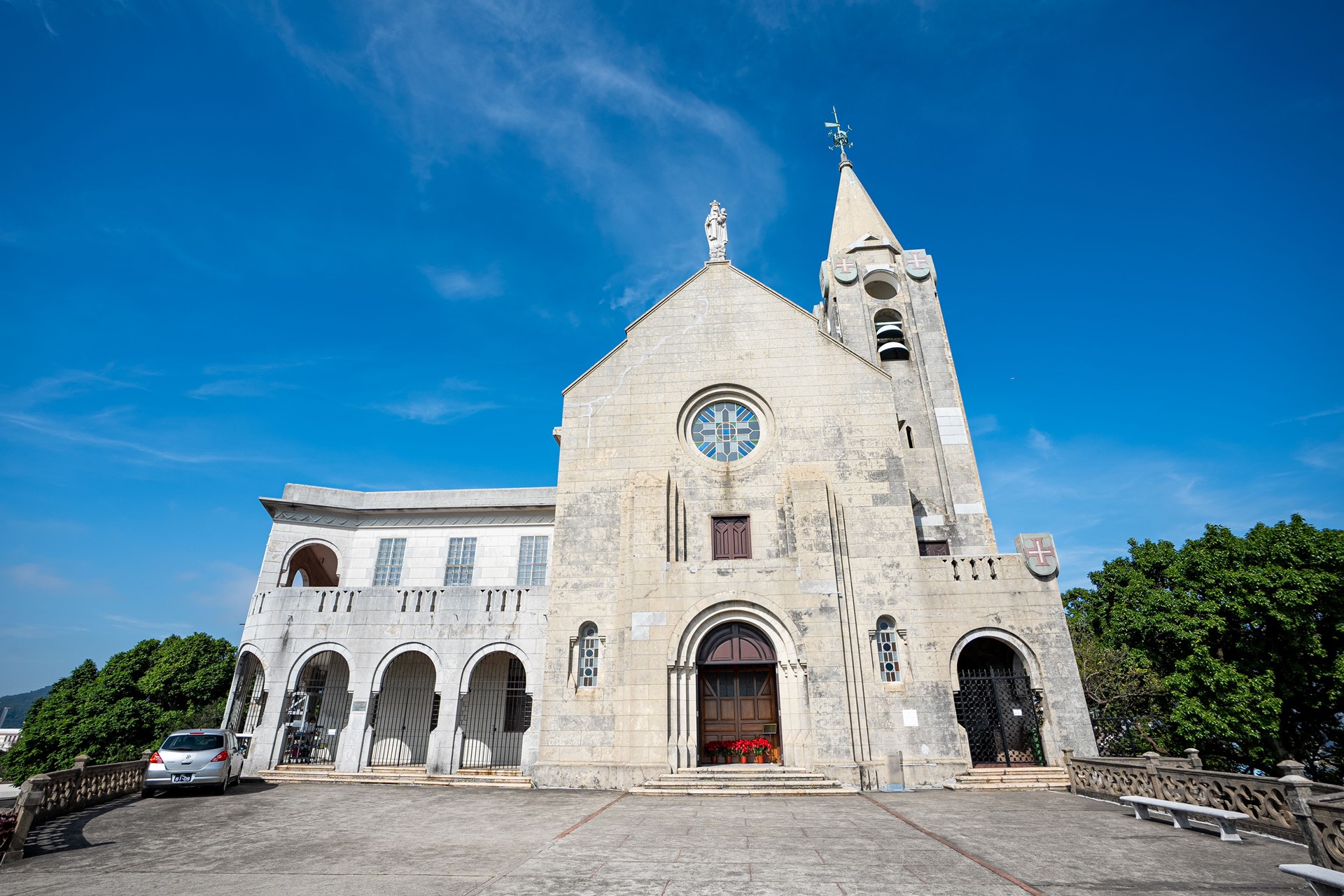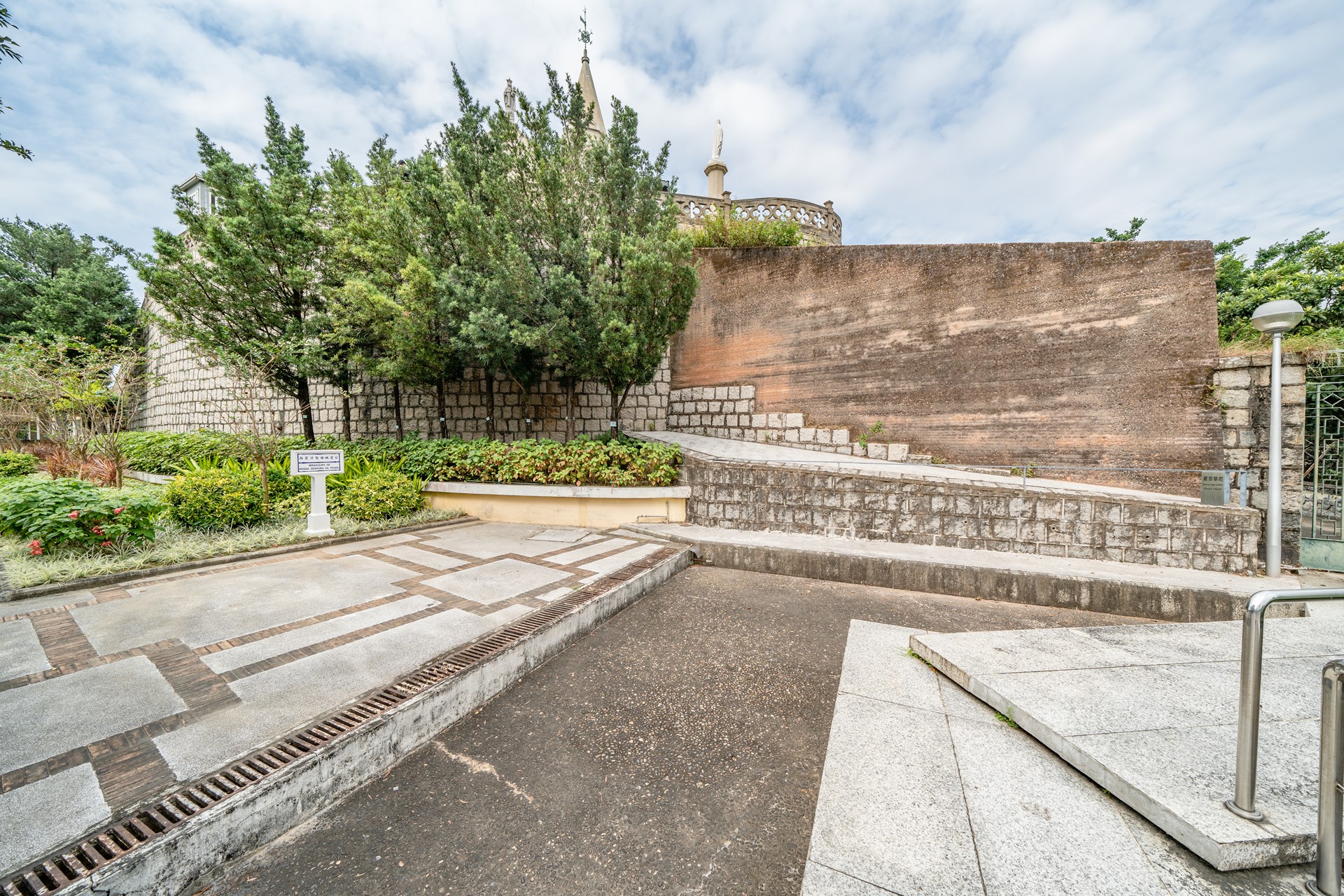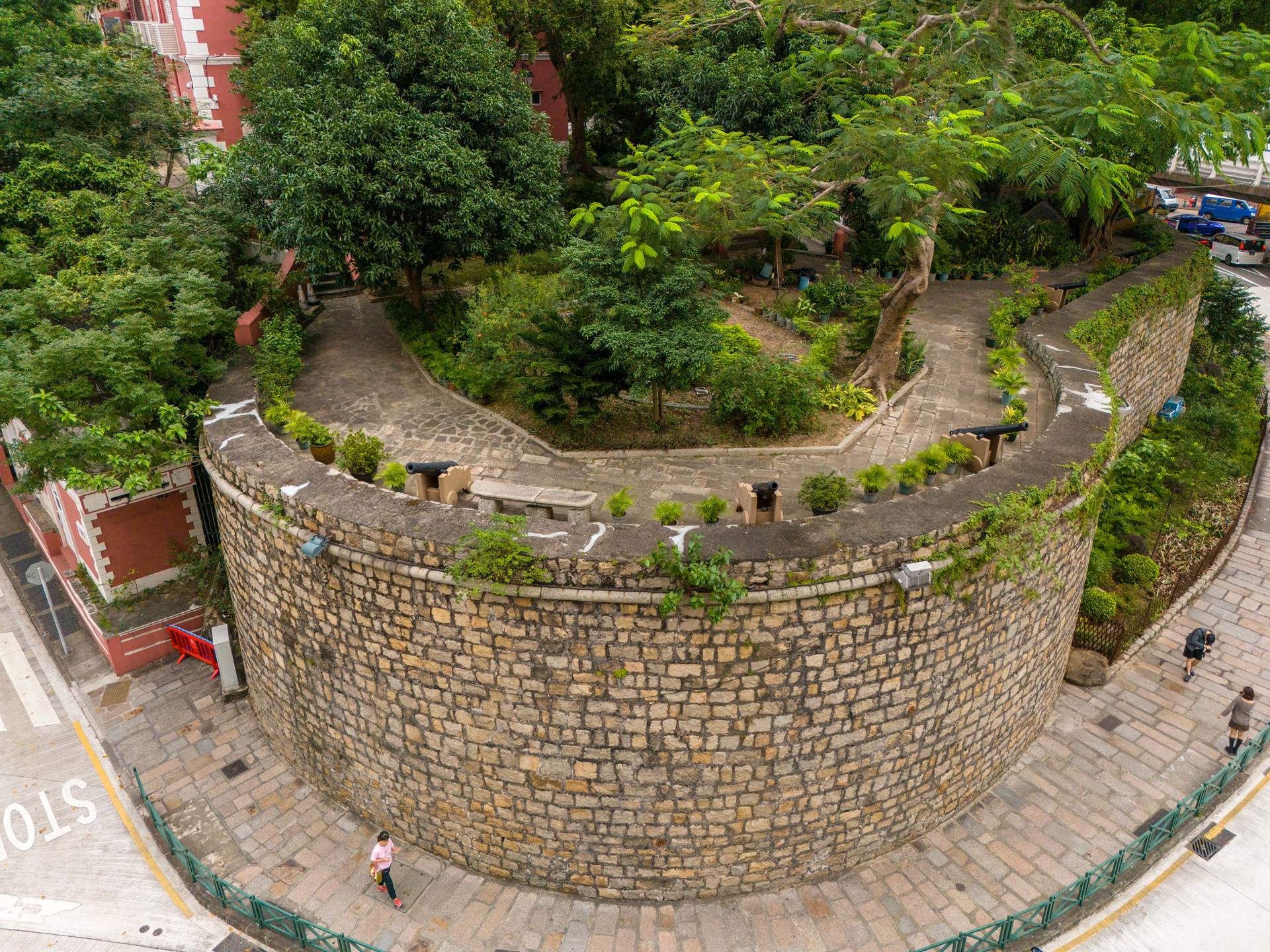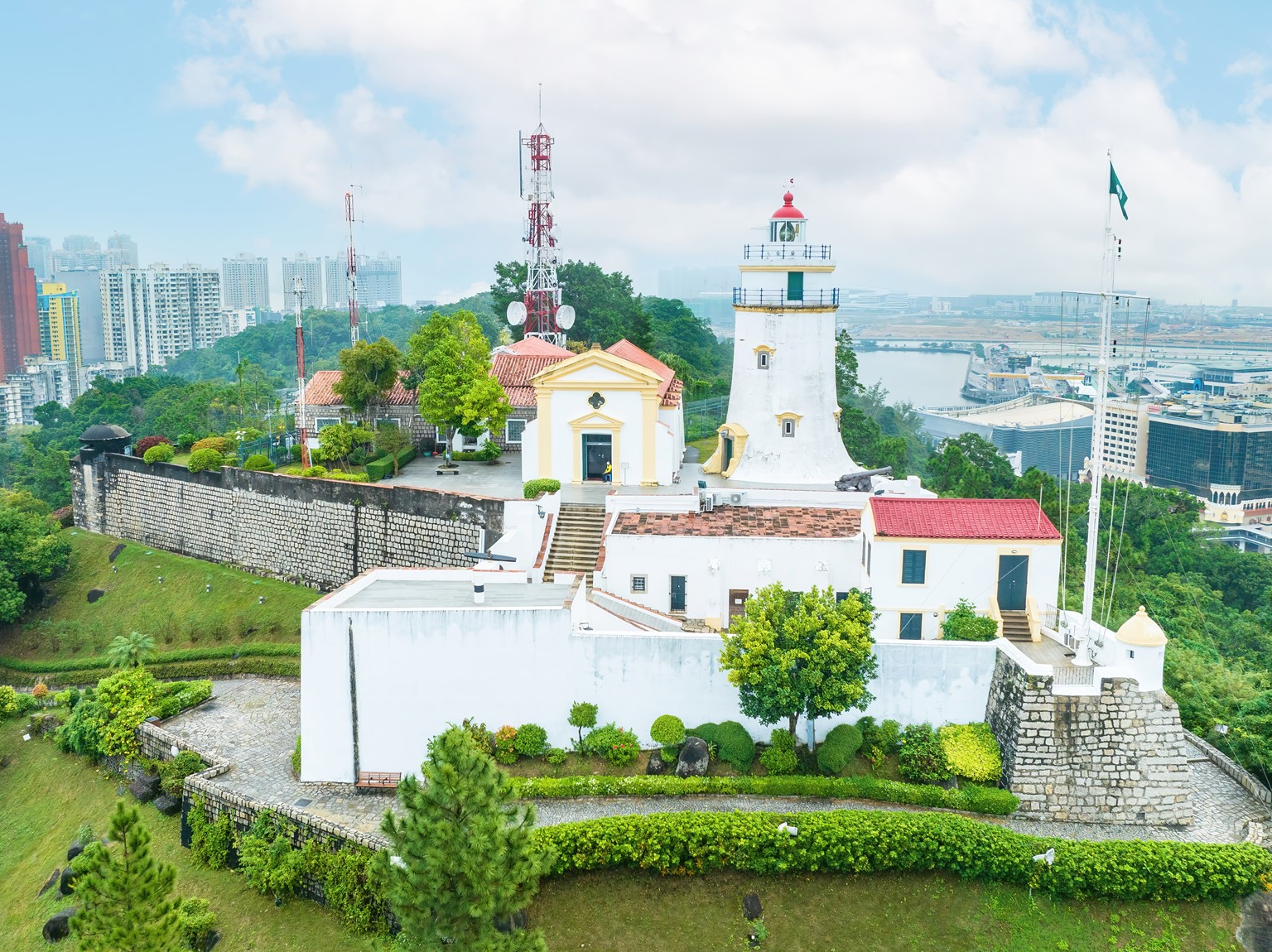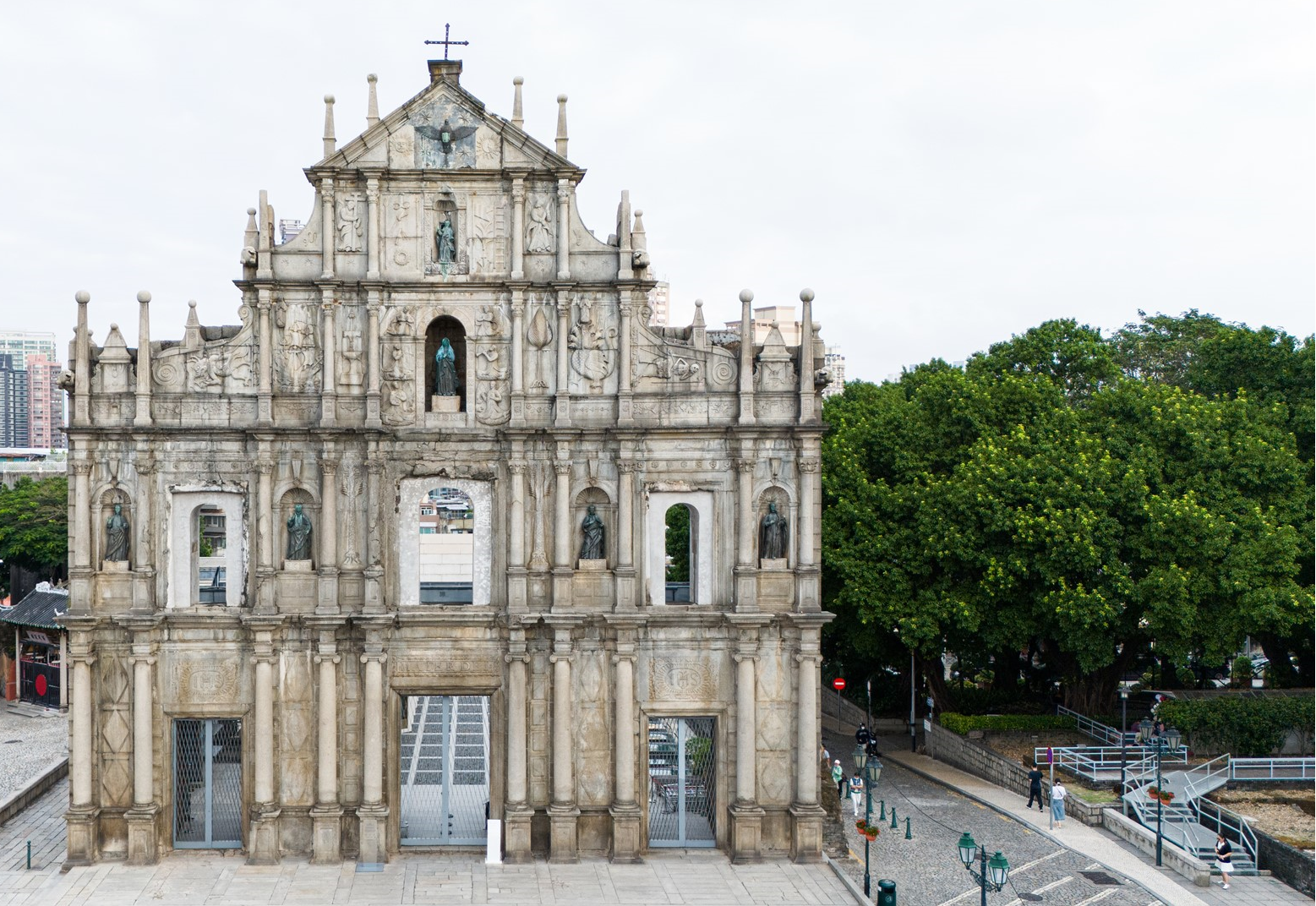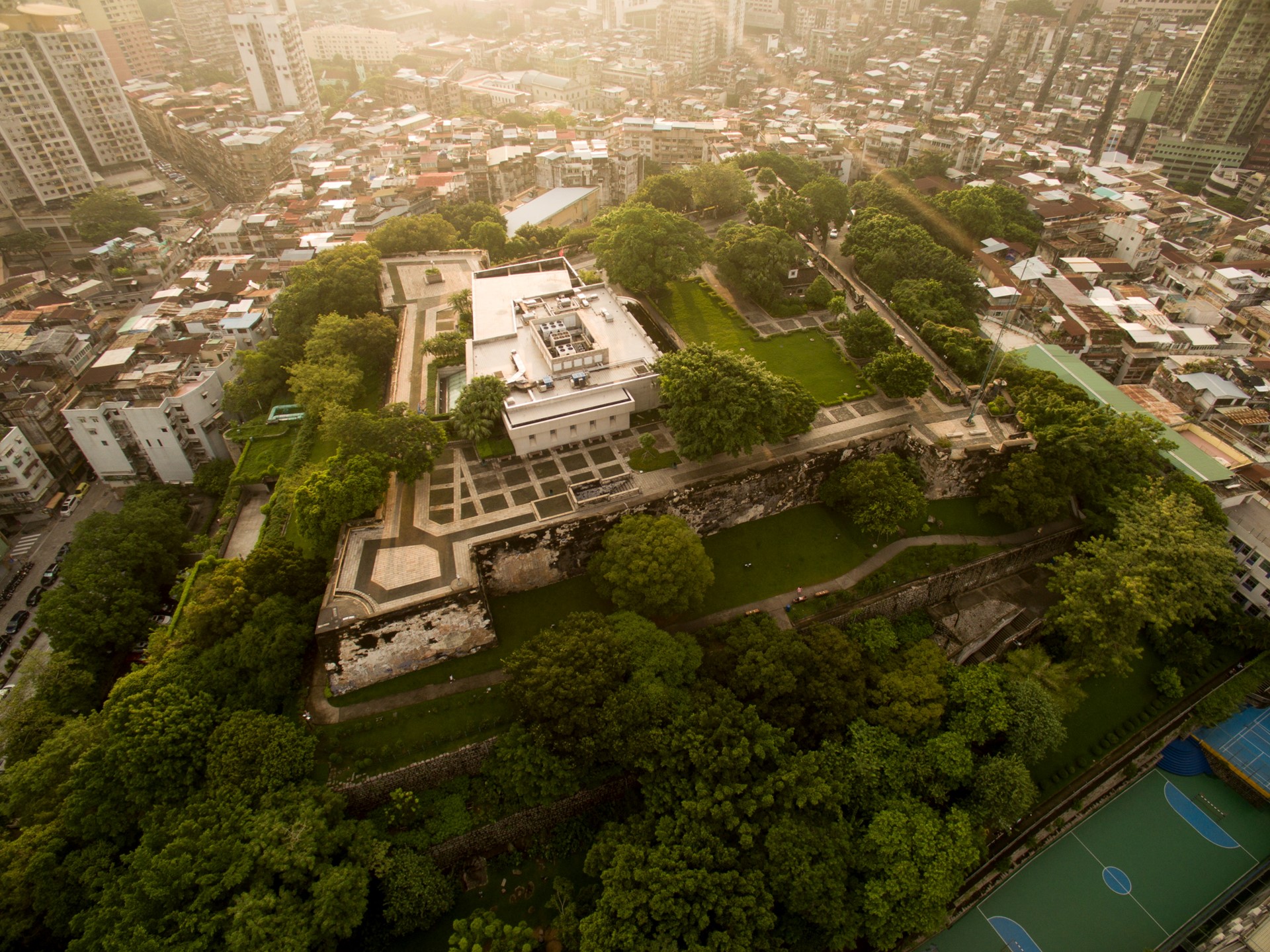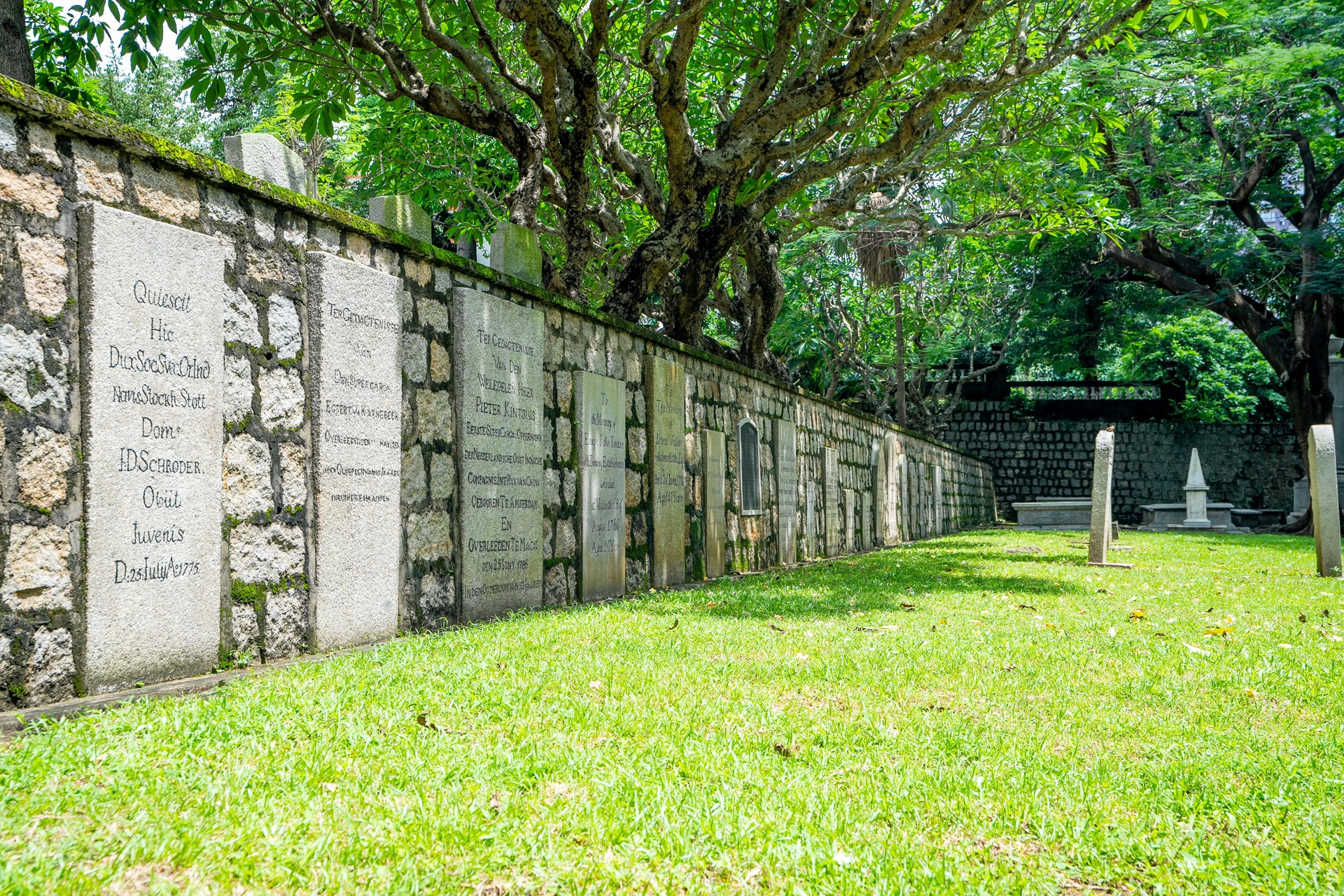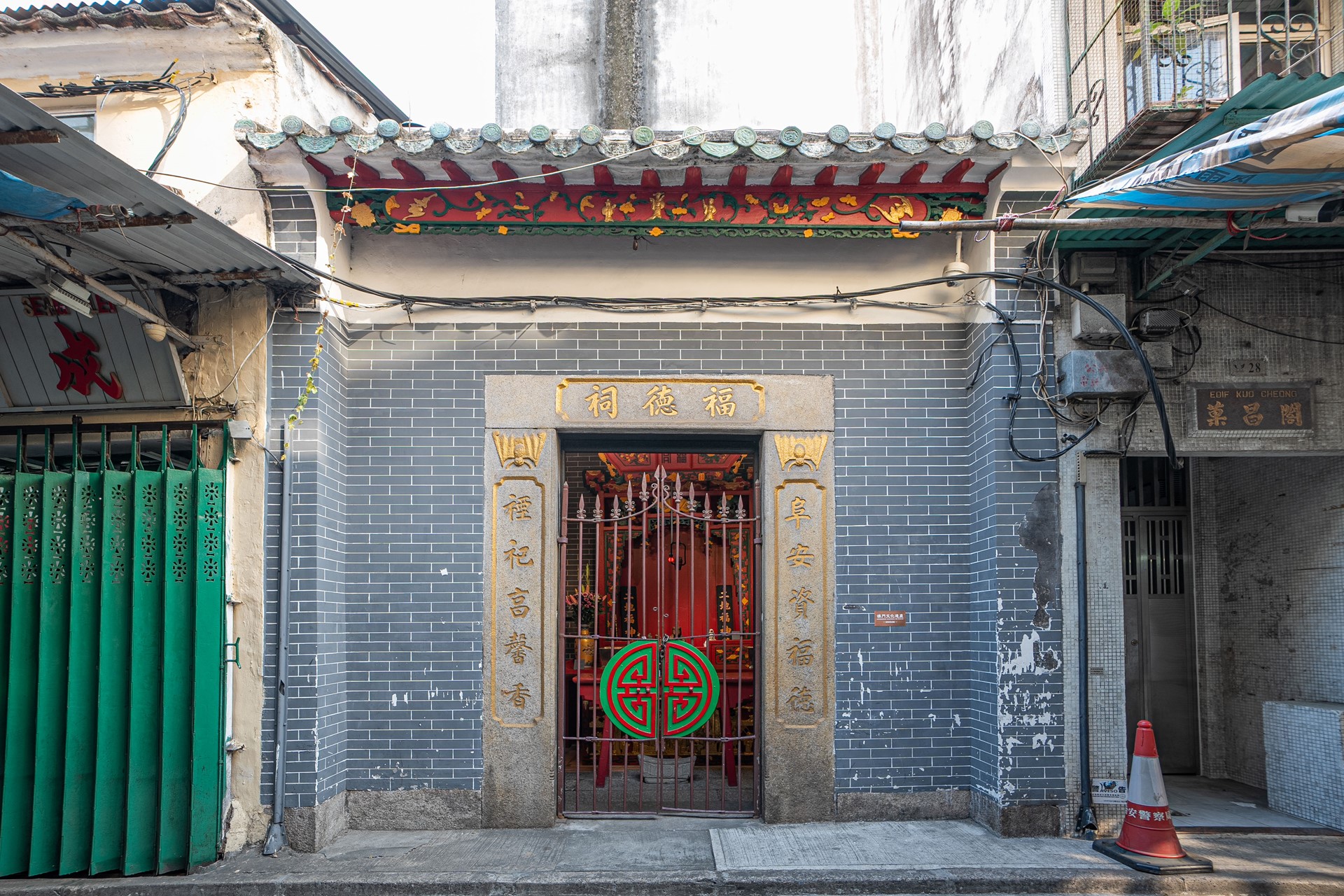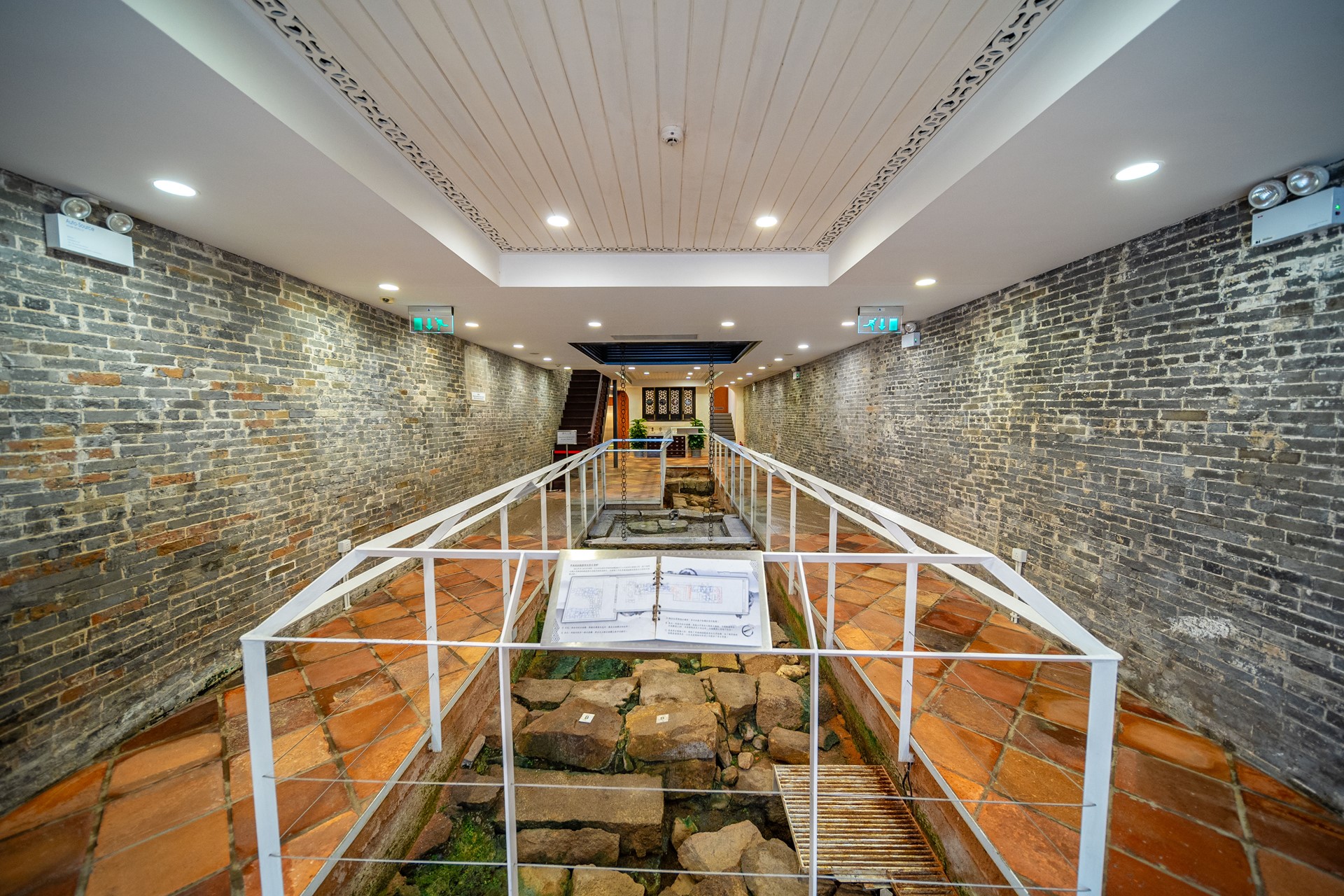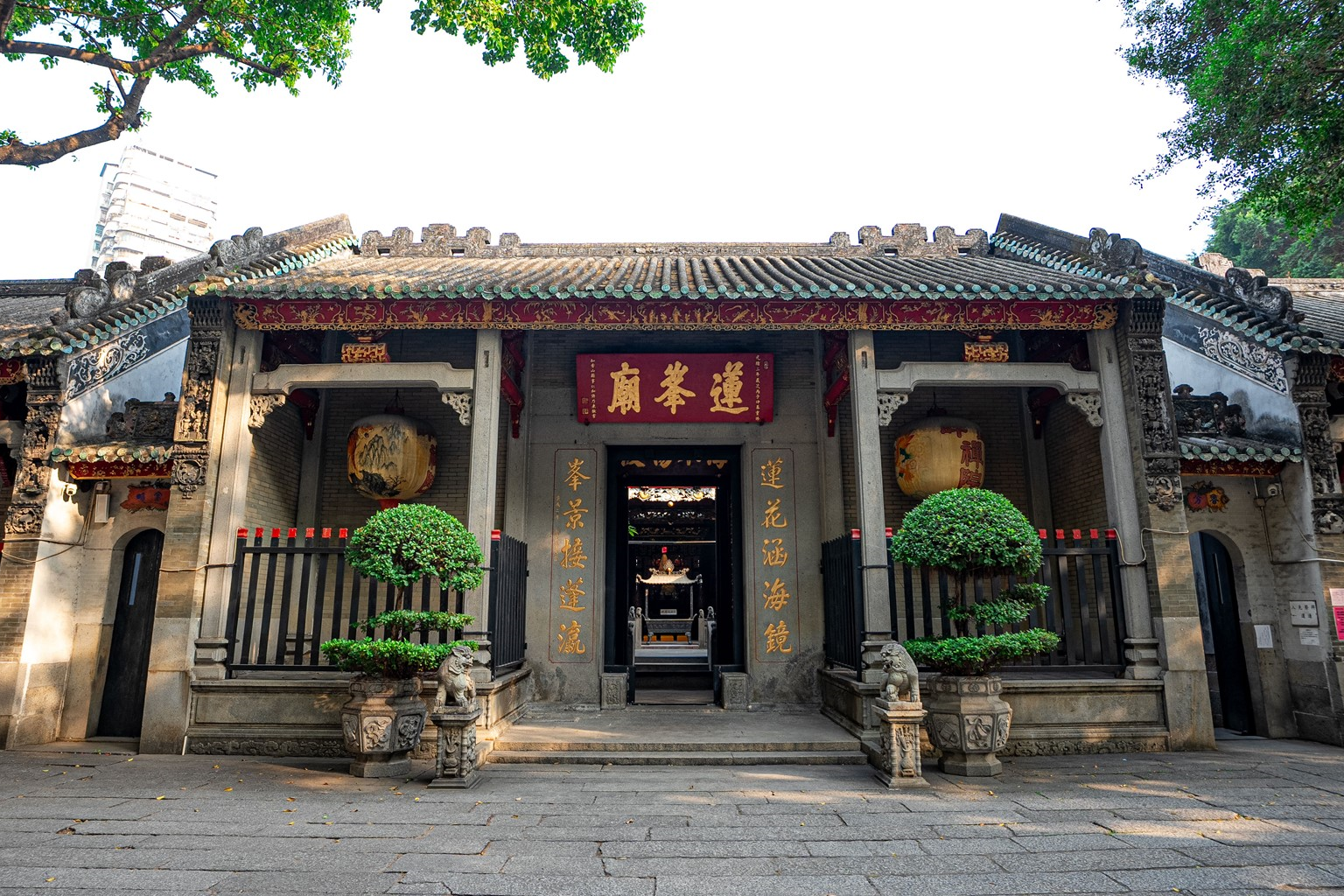St. Francis Fort is located on the foothill of Guia Hill, on the old southeastern coastal limit of the Macao Peninsula, at the (then) northern tip of Praia Grande Bay, an area that was later reclaimed from the sea. The fort is curved and has two semi-circular platforms, respectively on the left and right sides, on top of 6-meters-high walls that are made of stone.
Following the Portuguese settlement in Macao, different Catholic orders sent their missionaries to the city. In 1580, the Franciscan order built the St. Francis Convent on a hill by the sea, to prepare for their missionary work in China. In the early 1620s, due to its strategic location, the Portuguese authorities decided to build a namesake fortress next to the convent, which was completed in 1629.
St. Francis Convent and Fort had coexisted for more than 200 years, until 1834, when the Portuguese government ordered the expulsion of Franciscan friars. The convent was eventually demolished, between 1862 and 1864, and the site was later converted into a military barracks. In the 1970s, Portuguese soldiers withdrew from Macao, and the barracks were used by the Macao Security Forces to this day. In 1872, to strengthen the defense of the northern end of Praia Grande Bay, the Macao government decided to build an auxiliary battery in front of St. Francis Fort, which was named the “Battery 1st of December” (due to its construction date). The battery was demolished in the 1930s, during the land-reclamation works in Praia Grande.
As an important entrepot on the Maritime Silk Road during the Ming and Qing dynasties, with connections with the Mainland and the rest of the world, and especially due to its unique location, Macao was coveted by other maritime powers. Even only half-built, St. Francis Fortress was already with active functions, including at the time when it helped to defend the city against the tentative Dutch invasion of 1622. Among the coastal defense system built by the Portuguese in Macao, St. Francis Fort used to function as the first line of defense, guarding the southeastern part of the Macao Peninsula, with cannons that could reach as far as Taipa Island. This fort also presents an important testimony about the coastal defense system of Macao in the past, as a city that was part of the Maritime Silk Road.
